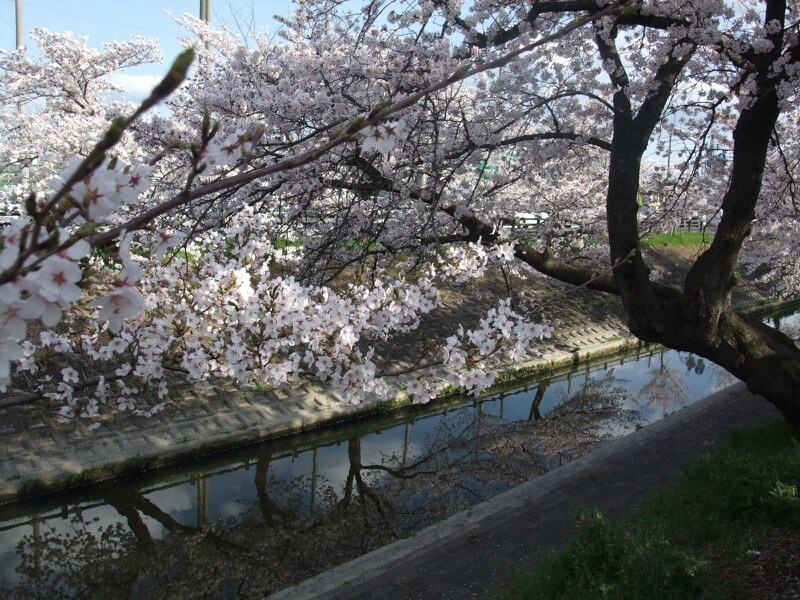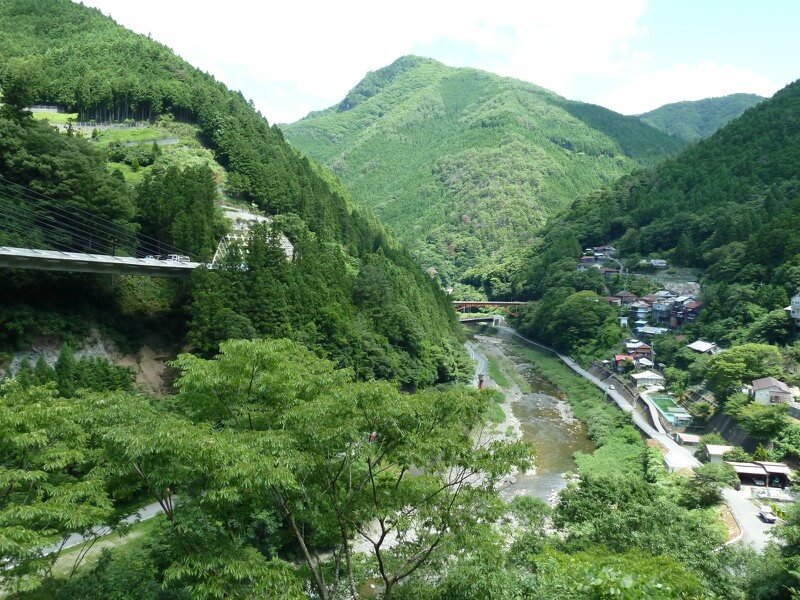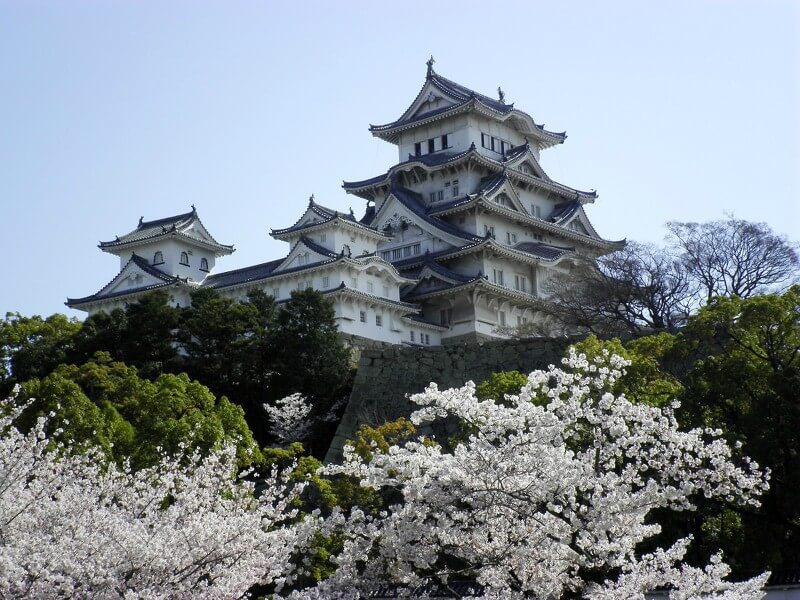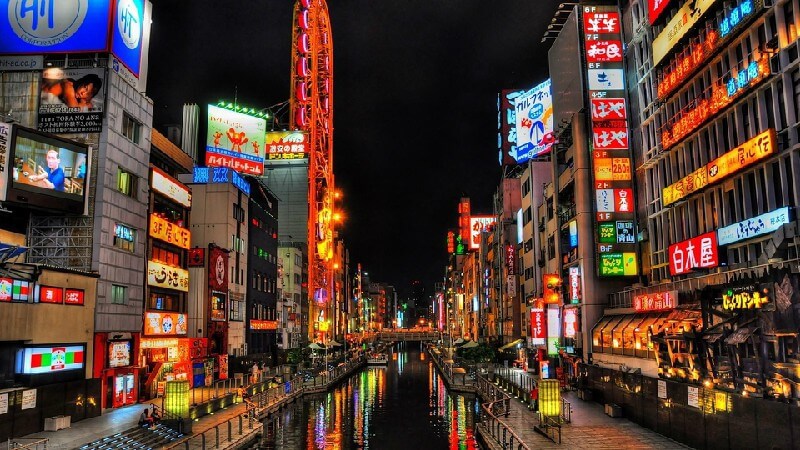Information about Nara Resort in Japan
Rating: 8,5/10 (1035 votes)  TourismNara is not only one of the most significant cultural and historical monuments for the country, where the spirit of early Buddhism is still felt and where almost every stone will tell you a fascinating legend of a thousand years ago. It is also a lovely city. A cozy, small and green city, where modern comfortable buildings coexist next to the ancient temple complexes, where people and deer peacefully coexist on a small territory, where parks, mountains, ponds and forests create a lovely atmosphere of tranquility and earthly harmony. When you visit Nara at any time of the year, you will definitely find yourself on one of the traditional local holidays, memorable, touching and vivid. During the Ceremony of Lighting the Fire on Mount Wakakusa, historically arising from the territorial dispute between the temples, the grass on the mountain lights up, so much so that the observer may think that he is seeing a whole mountain of fire. And at the lantern festival held in Kasuga Taisha, three thousand stone lanterns located here are lit at once - such a spectacle looks majestic and very solemn, especially at night. In October, Japanese priests conduct a rite of circumcision of deer horns in Nara, and this event turns into a special, beloved by the townspeople, festival. Where does Nara get her non-stop charm of antiquity, magic and something light, pleasant, cute ? Perhaps from the plots of history with which the monastery walls are saturated, where the spirit of mystery and bygone days soars. Or from the tranquility of the wisdom of an ancient city that once and forever absorbed the special peace of the sacred Buddha. Someone will say that the reason for this is the unity of nature and man, which is acutely felt here. Whatever the answer, Nara will be remembered forever by each of us who visit. If you decide to travel to Nara from Osaka or Kyoto using the JR Line, be sure to visit the Tourist Information Center where you can get free brochures from showing the main attractions and city maps. AttractionsThe National Museum, located east of Kofuku-ji, houses chic collections of early Nara period art from various Japanese monasteries. city sanctuaries and temples. In the large Nara park, with a total area of about 500 hectares, about a thousand red spotted deer and roe deer roam free, and they often wander into the streets of the city. During the day they walk in the park, asking for food from visitors, and in the evening, at the signal of the pipes, they return to their pens. The history of the appearance of deer here is associated with the founding of the nearby Kasuga Shrine of Shinto, one of the buildings of which was created in honor of a deity brought from the mountains by a deer. Founded in 768, the Kasuga Shrine, a Shinto shrine of the Fujiwara clan, is located on the eastern park outskirts ... The sanctuary amazes with a multitude of bronze and stone lanterns, the architecture of traditional pagodas and a unique atmosphere of ancient secrets. The entire structure consists of separate bright red illuminated altars. Entrances to Japanese temples are often preceded by a gate called torii, or"bird spot." The main gate of the Kasuga Shrine is made from the trunks of Cryptomeria, a giant tree living for a single century and listed in the state register of especially important cultural values of the country. The image of this giant today is a real decoration of any stage of the theater no. It was within the walls of this sanctuary that Zea-mi, the author and creator of the classic no. Style, worked. Todaiji is located in the northern part of the park. The territory of the monastery can be accessed through the grandiose two-story southern gate, built in 1199 and which is an exact copy of the original gate destroyed by a typhoon in 962. In the niches of the gate there are two high, 8 meters high, sculptures of heavenly guards. In the huge temple of Daibutsu-den, or Big Buddha, there is a gigantic statue of Buddha"All-Illuminating Light," or Vairochane, cast in 752. The height of the statue is more than 16 meters; it took 130 kilograms of gold and 437 tons of bronze to make it. The head of the statue was destroyed during earthquakes and was reconstructed. The temple itself, built in 759 as a receptacle for a statue with an original height of 50 meters and rebuilt in the early 18th century after several fires in slightly reduced parameters, and now is the largest wooden structure in the world. Several temples of Nara have survived to us in a rebuilt or restored form, and only Tosedaiji, or the Chinese temple, created in 759, has survived in its original form. According to the historical legend of the Kasuga Shrine, the mythological god Tekemikezuchi came to Nara territory astride a white deer to guard the newly built capital Heijo-kyo. Since then, deer have been regarded as the heavenly animals that protect Japan. Topic: Information about Nara Resort in Japan. |




